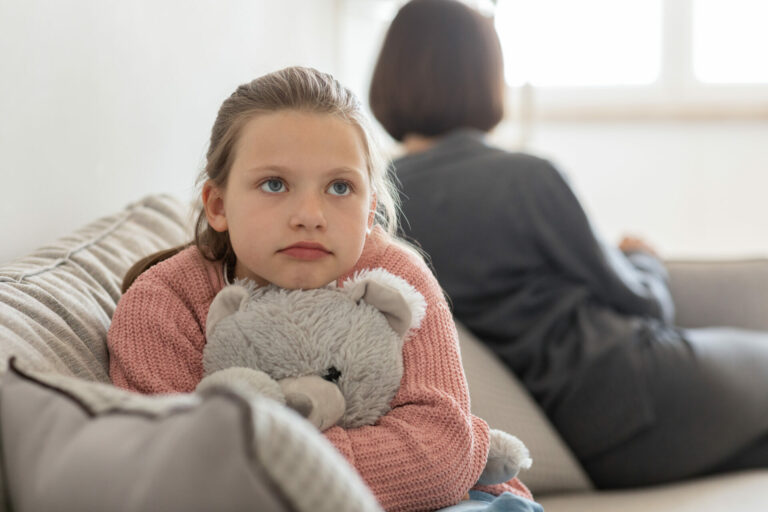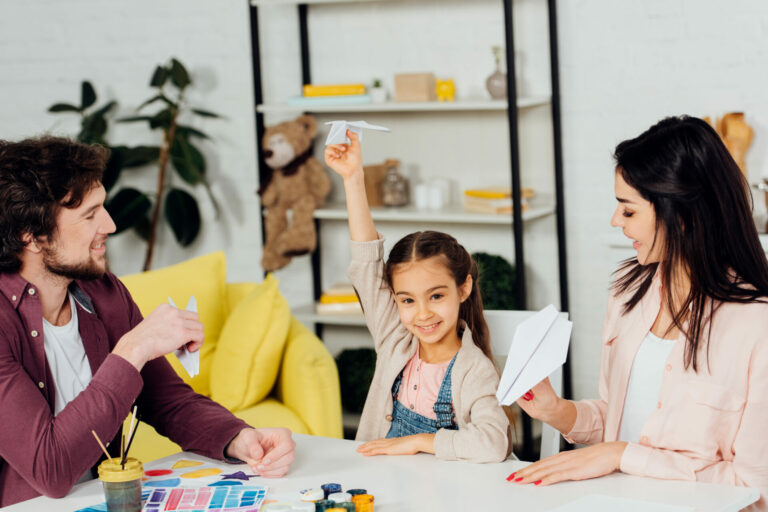You may have asked yourself, “What is play therapy? Is it a professional playing with my child?” “Because I can do that!” you may say.
Children interact with the world very differently than their parents or primary guardians because they speak a different language than others; it is the language of play! Children learn, grow, develop insight, manage their emotions, solve problems, and, most importantly, communicate through play.
According to the Association for Play Therapy, play therapy is defined as “the systematic use of a theoretical model to establish an interpersonal process wherein trained play therapists use the therapeutic powers of play to help clients prevent or resolve psychosocial difficulties and achieve optimal growth and development” (n.d). Play therapists use what most children know best. The use play to overcome challenges, regulate their emotions, develop skills to overcome various obstacles, expand self-expression, self- efficacy and develop mastery.
Therapists using play therapy in sessions can integrate two different frameworks: non-directive and directive. These theoretical frameworks are not the same, and therapists may use one over the other, or both, to best address and meet the child’s needs.
Non-directive play therapy is based on the idea that children will use their natural medium of play to best express challenges they have or what they are internalizing. The therapist will allow the child to take the lead and not interfere with the play that is happening in session. However, directive play therapy is a method in which the therapist directs the client through a particular activity in hopes of working on a specific skill or goal.
Both types of play therapy are vital and equally important in the therapeutic process. The toys used and integrated in therapy are very different than the toys used at your playroom at home. The goal of play therapy and the therapist’s office is to allow the client to intentionally communicate without having to use words… all while feeling safe and comfortable!
Lecturas recomendadas
You may have asked yourself, “What is play therapy? Is it a professional playing with my child?” “Because I can do that!” you may say.
Children interact with the world very differently than their parents or primary guardians because they speak a different language than others; it is the language of play! Children learn, grow, develop insight, manage their emotions, solve problems, and, most importantly, communicate through play.
According to the Association for Play Therapy, play therapy is defined as “the systematic use of a theoretical model to establish an interpersonal process wherein trained play therapists use the therapeutic powers of play to help clients prevent or resolve psychosocial difficulties and achieve optimal growth and development” (n.d). Play therapists use what most children know best. The use play to overcome challenges, regulate their emotions, develop skills to overcome various obstacles, expand self-expression, self- efficacy and develop mastery.
Therapists using play therapy in sessions can integrate two different frameworks: non-directive and directive. These theoretical frameworks are not the same, and therapists may use one over the other, or both, to best address and meet the child’s needs.
Non-directive play therapy is based on the idea that children will use their natural medium of play to best express challenges they have or what they are internalizing. The therapist will allow the child to take the lead and not interfere with the play that is happening in session. However, directive play therapy is a method in which the therapist directs the client through a particular activity in hopes of working on a specific skill or goal.
Both types of play therapy are vital and equally important in the therapeutic process. The toys used and integrated in therapy are very different than the toys used at your playroom at home. The goal of play therapy and the therapist’s office is to allow the client to intentionally communicate without having to use words… all while feeling safe and comfortable!
Lecturas recomendadas
References
Association for Play therapy. (n.d) Definition of Play Therapy. Association for Play therapy. https://www.a4pt.org/page/AboutAPT
References
Association for Play therapy. (n.d) Definition of Play Therapy. Association for Play therapy. https://www.a4pt.org/page/ AboutAPT




